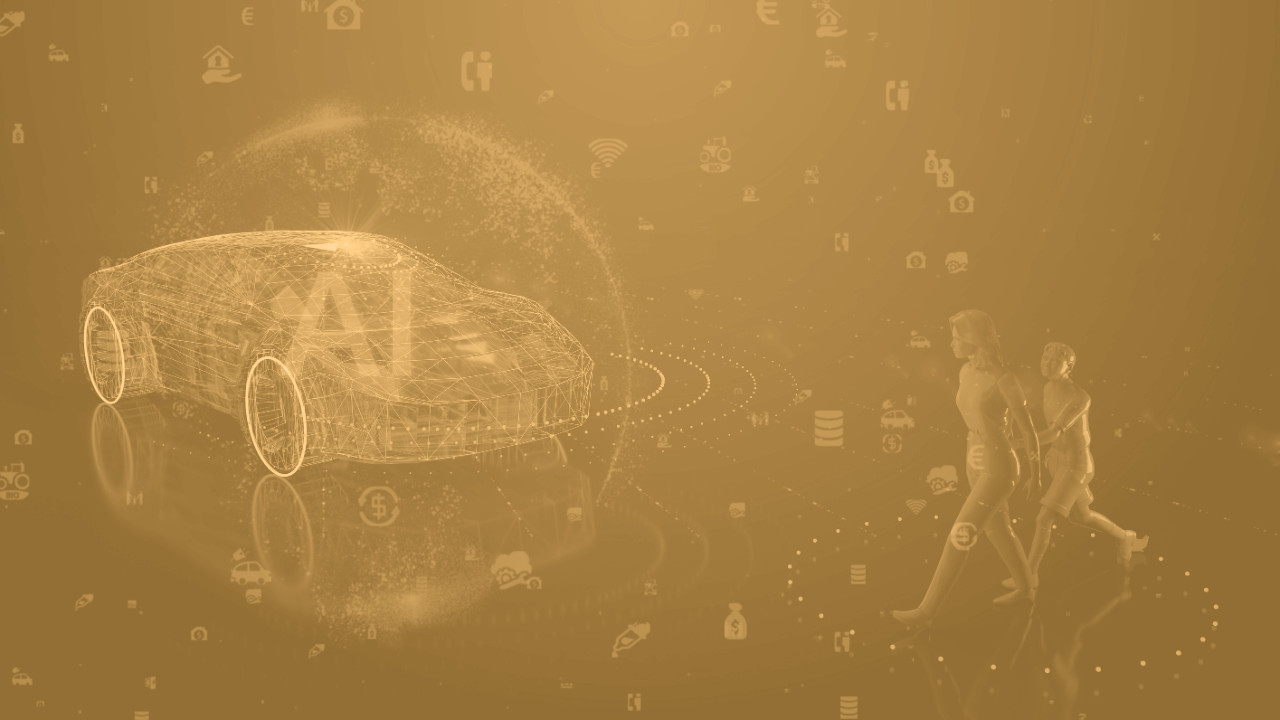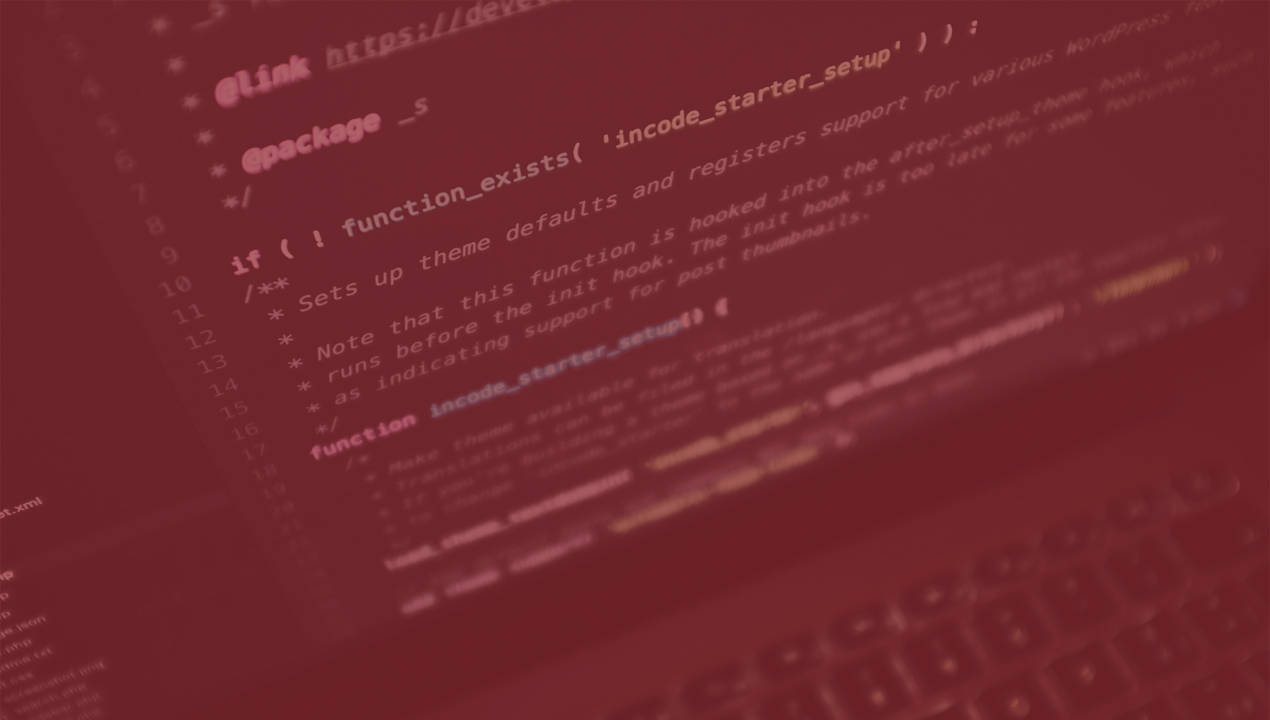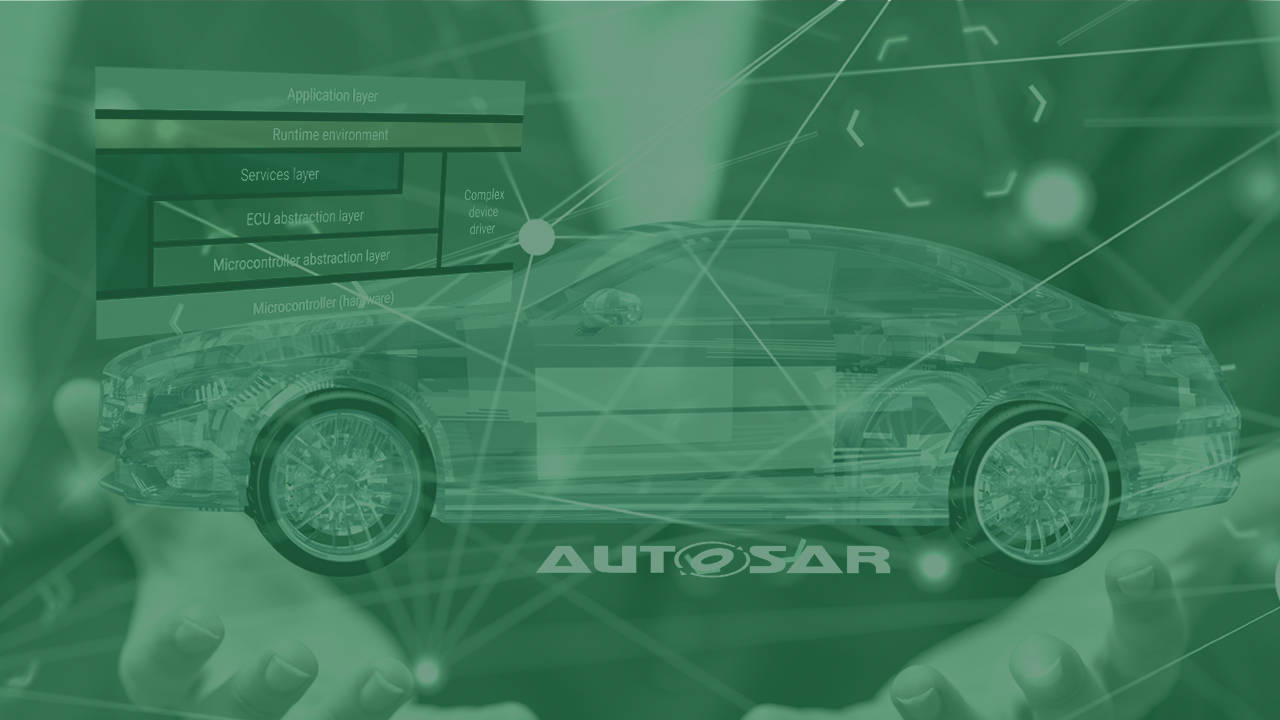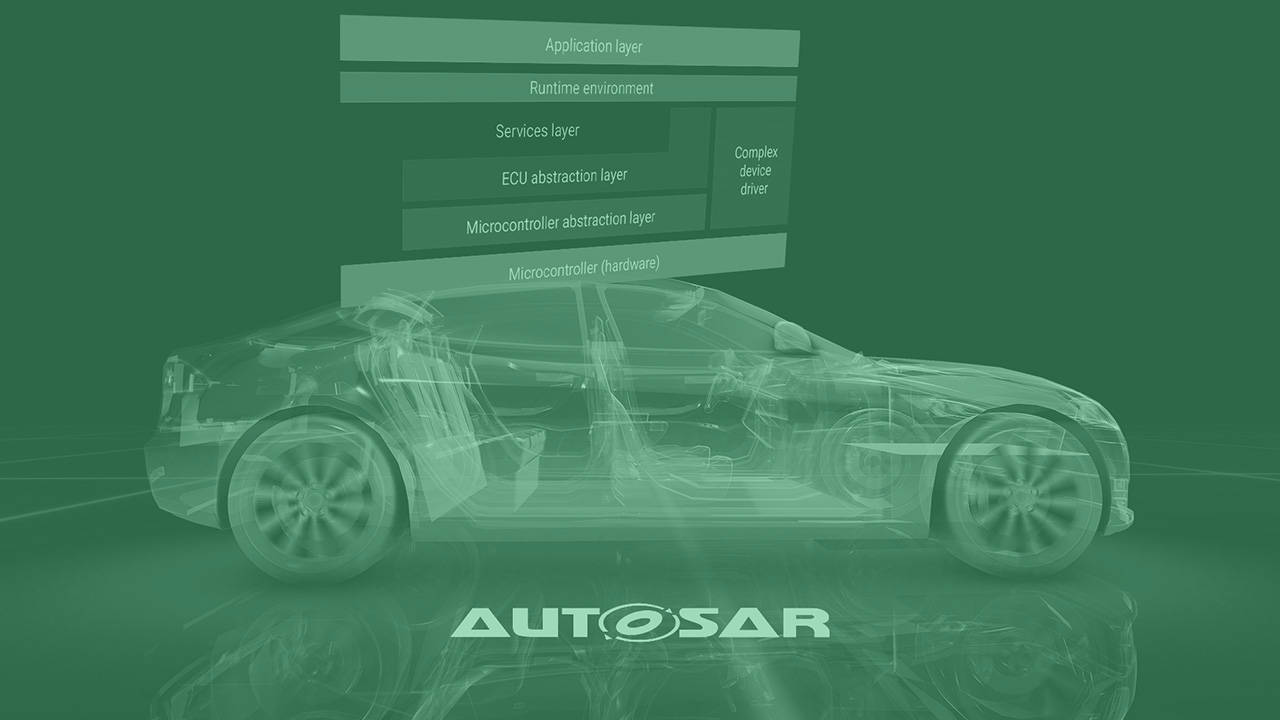Dimitrije Stojanović

Dimitrije Stojanović is a senior software engineer, instructor at the NIT Institute, and a teaching associate at the Faculty of Technical Sciences, University of Novi Sad. He is dedicated to educating engineers in cutting-edge automotive software technologies and artificial intelligence applications. Through his teaching at both institutions, Dimitrije emphasizes practical, hands-on learning and the connection between academic knowledge and real-world engineering challenges.
He has a strong professional background in the automotive industry, with extensive experience working directly with OEMs on projects across various ADAS and autonomous driving domains. His expertise includes Adaptive and Classic AUTOSAR, AI-driven perception systems, and software architectures for safety-critical environments. Dimitrije has been involved in developing and integrating intelligent systems that support automation, vehicle perception, and advanced software tooling.
At the NIT Institute, he teaches Adaptive AUTOSAR, Classic AUTOSAR, Rust, and Test-Driven Development (TDD), helping engineers master modern programming paradigms and software design principles. Known for his clear, structured, and applied teaching style, Dimitrije is passionate about bridging the gap between academia and industry—preparing professionals to build the next generation of intelligent automotive systems.
During his PhD research, Dimitrije has authored and co-authored several peer-reviewed publications spanning topics from person re-identification to autonomous driving and AI-based software tools.
References
- D. Stojanović, B. Pavković, and N. Četić, ‘Person re-identification with transformers and image stacking’, in 2024 32nd Telecommunications Forum (TELFOR), 2024, pp. 1–4.
- D. Stojanović, N. Četić, J. Kocić, and B. Pavković, ‘Improving Lane Annotation in Autonomous Driving Data Sets with Classical Computer Vision Techniques’, in 2023 Zooming Innovation in Consumer Technologies Conference (ZINC), 2023, pp. 1–6.
- D. Stojanović, M. Krunić, N. Četić, and N. Lukić, ‘Source code generators for ADAS feature deployment in context of ROS and adaptive AUTOSAR applications’, in 2019 27th Telecommunications Forum (TELFOR), 2019, pp. 1–4.
- D. Stojanović, B. Pavković, N. Četić, M. Krunić, and L. Vidaković, ‘Unit Test Generation Multi-Agent AI System for Enhancing Software Documentation and Code Coverage’, in 2024 32nd Telecommunications Forum (TELFOR), 2024, pp. 1–4.
- L. Vidaković, D. Stojanović, B. Pavković, N. Četić, and M. Krunić, ‘Comparative Analysis of Docker and Python Runtimes for AWS Lambda in RAG-Based AI Solutions’, in 2025 IEEE Zooming Innovation in Consumer Technologies Conference (ZINC), 2025, pp. 1–5.
- D. Stojanović, L. Vidaković, B. Pavković, N. Četić, and M. Krunić, ‘Comparison of AWS Architectures for Scalable and Cost-Efficient Retrieval-Augmented Generation’, in 2025 IEEE Zooming Innovation in Consumer Technologies Conference (ZINC), 2025, pp. 20–24.
Courses
Learn to develop software for vehicles using the most common framework of today.
The automotive industry and modern vehicles increasingly rely on software to perform the majority of tasks. In this course, you will get introduced to specific software architectures and concepts, such as modularization, virtualization, safety aspects, and compile-time configurations, real-time constraints. Exercises are performed in an AUTOSAR environment, covering basic principles and technical concepts of automotive software components (SWC) and runtime environment (RTE). Data exchange formats and OEM / supplier methodologies and software migration scenarios are analyzed. The course has a high practical dimension with real equipment and tools/frameworks utilized throughout, including DaVinci and MICROSAR. Finally, you will be introduced to concepts with AUTOSAR Adaptive and its future application outlooks.
Course topics:
- Basic principle and technical concept of automotive software
- Software components (SWC) and runtime environment (RTE)
- AUTOSAR RTE
- AUTOSAR basic software concepts (BSW)
- Data exchange formats and OEM / supplier methodologies
- Software migration scenarios
- Tools and stacks, DaVinci, MICROSAR
- Basic OS understanding; tasks, alarms, events, scalability classes.
- Software component implementations
- Communication implementations
- State management and system services, diagnostics
- Bus systems (CAN, LIN, FlexRay, Ethernet)
- AUTOSAR Adaptive, constrasting with classic and examples
Requirements
Prerequisite: If you are using a company computer, you must obtain approved access to RealVNC software; otherwise, personal computers are recommended.
Software: RealVNC.
Hardware: PC equipped with 8GB of RAM and Intel i7 CPU.
Prior knowledge: Students should have basic knowledge of programming in C language.









